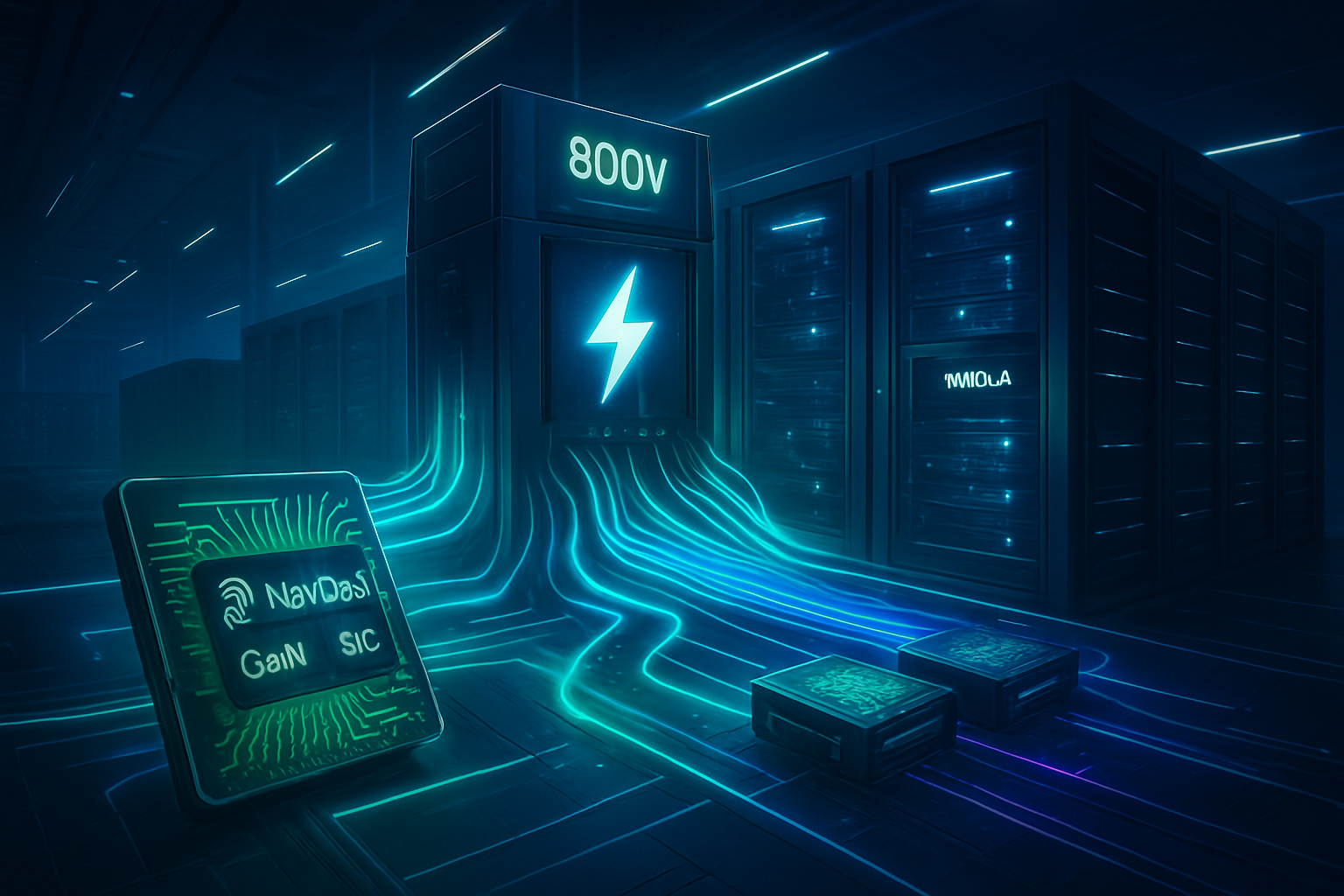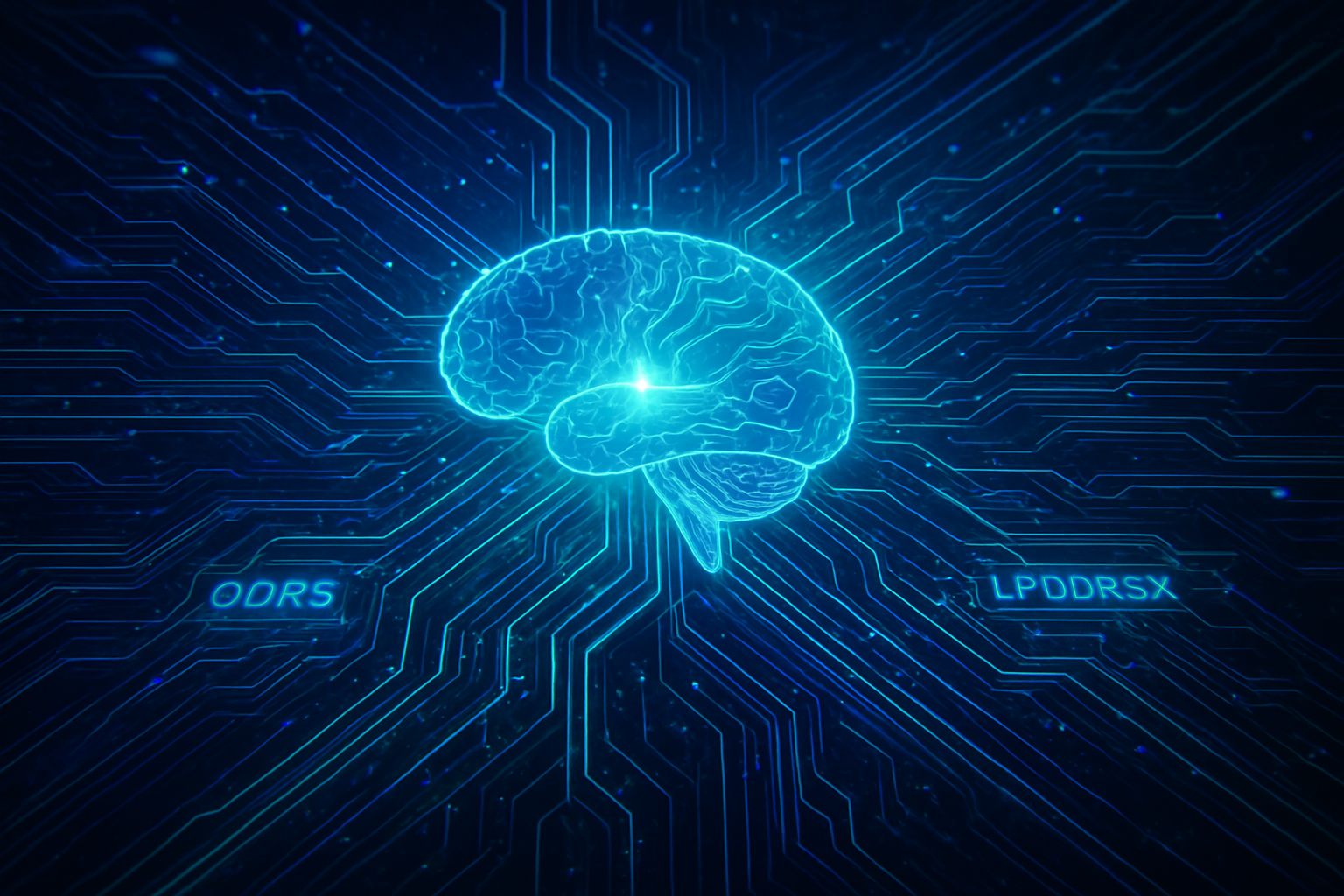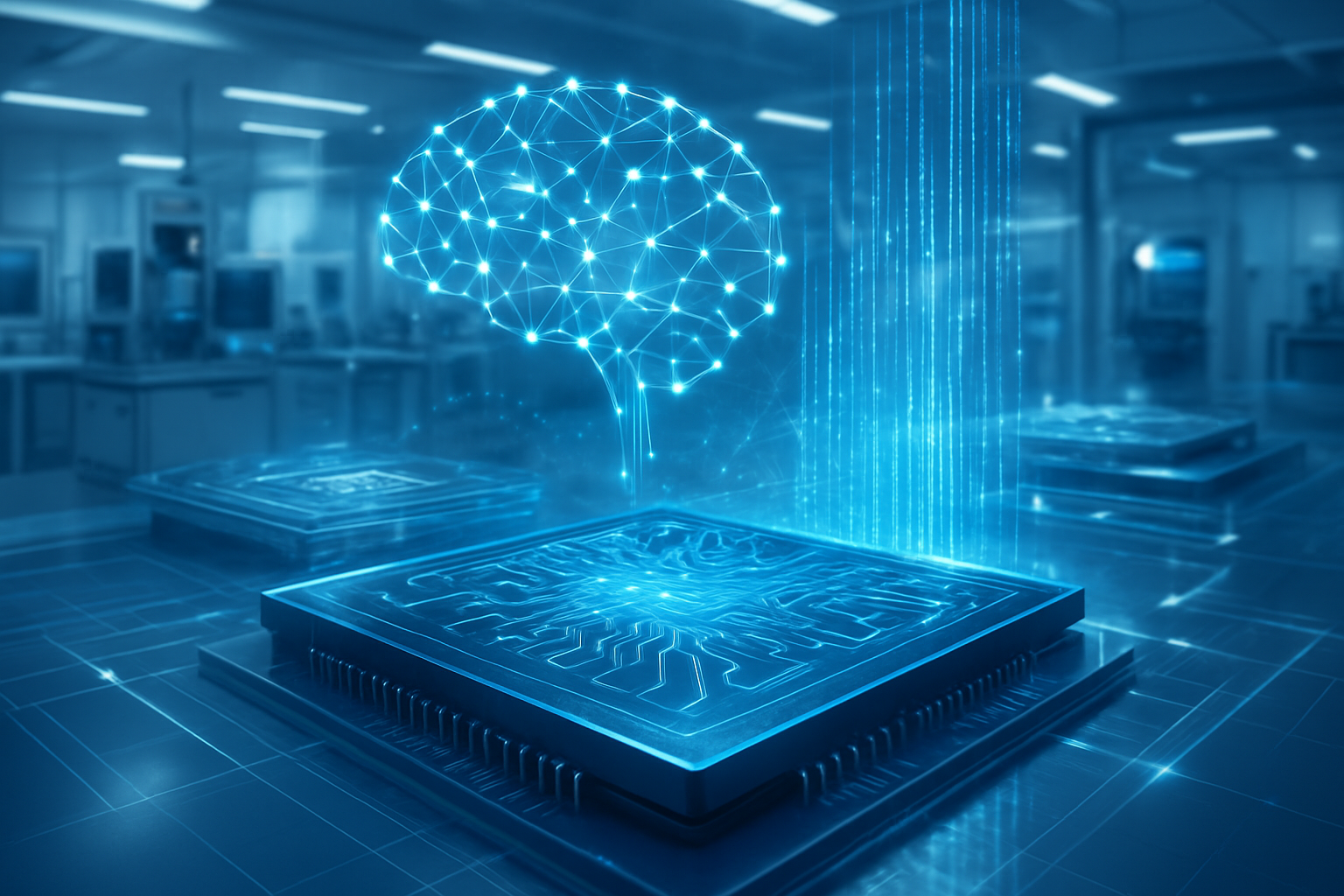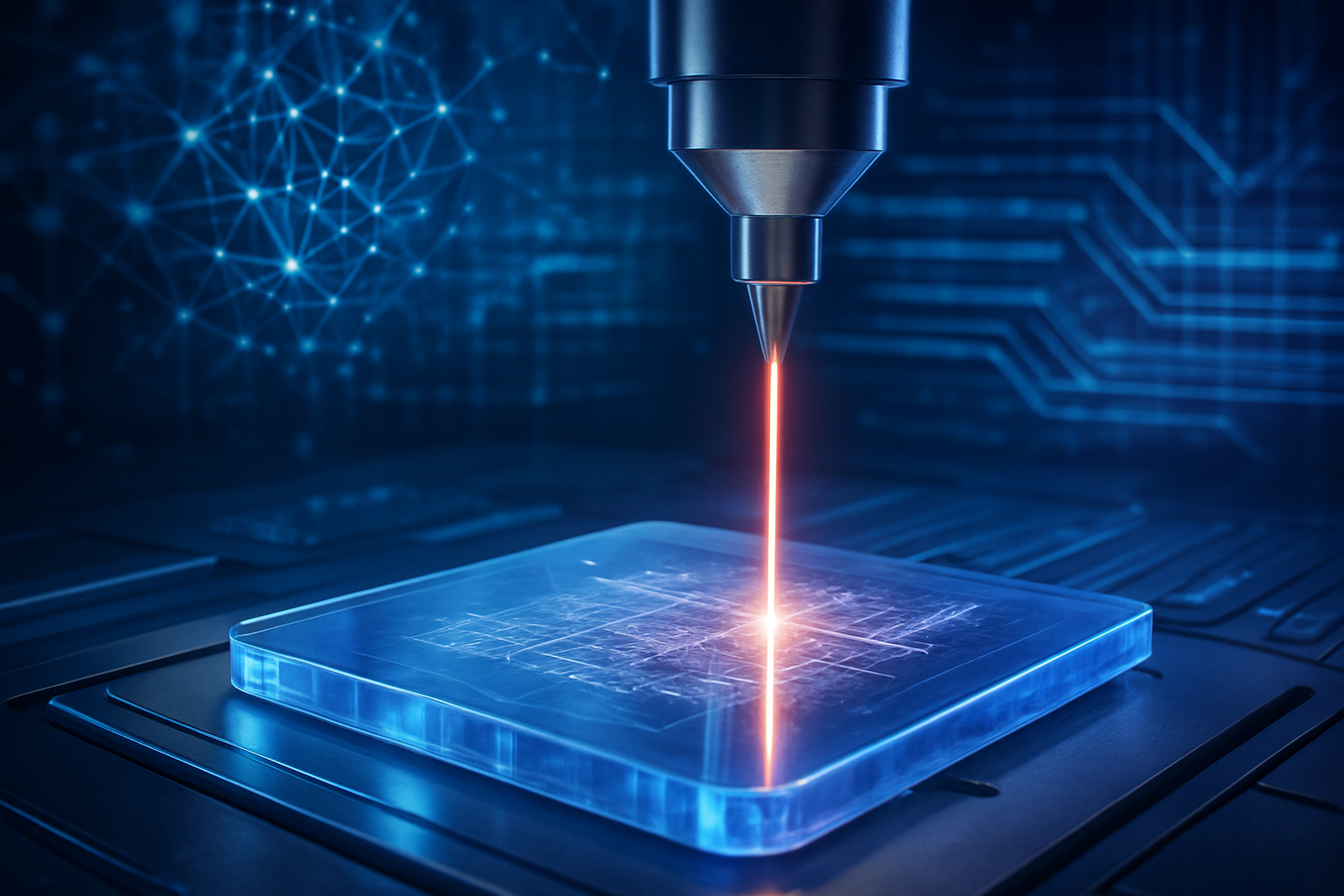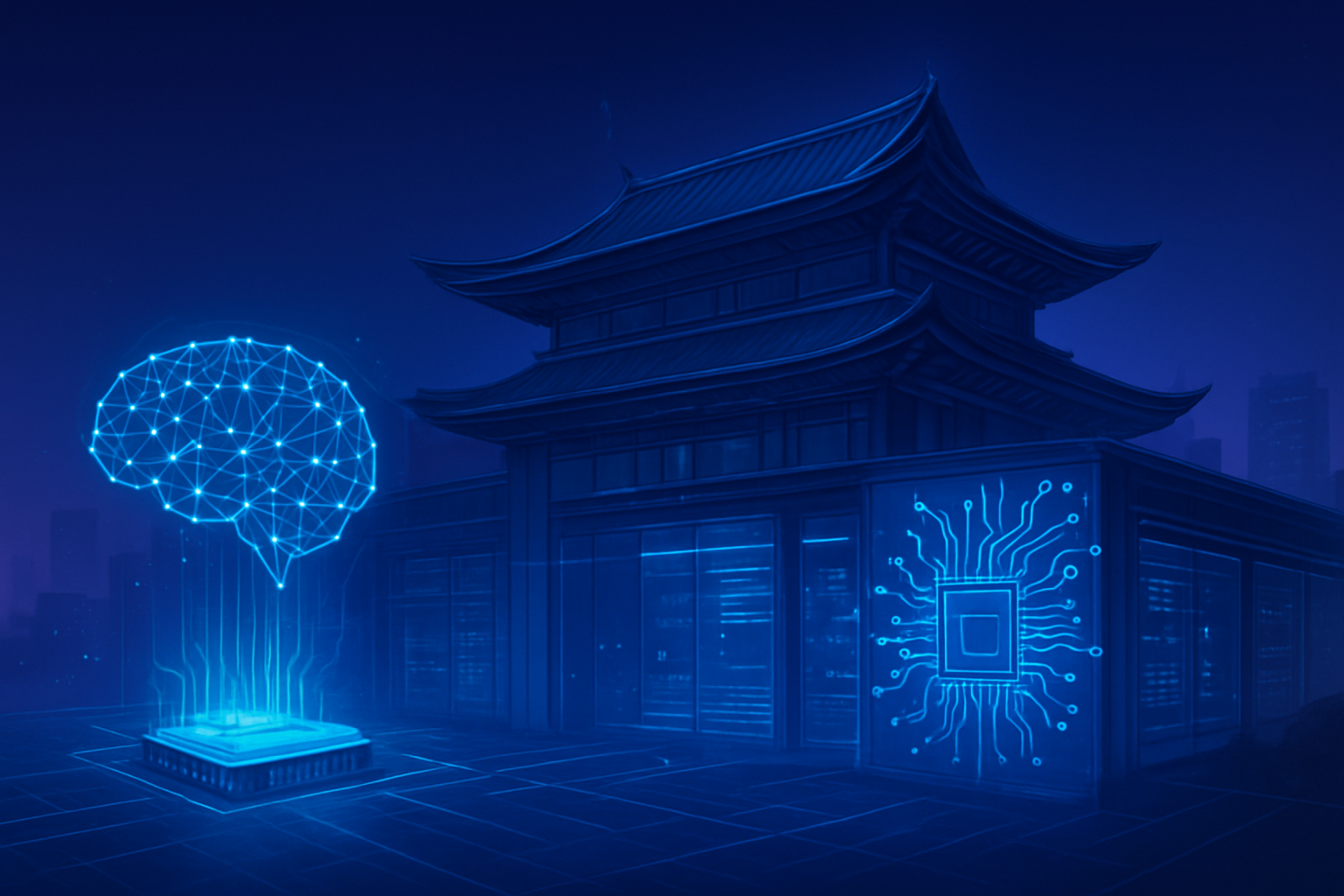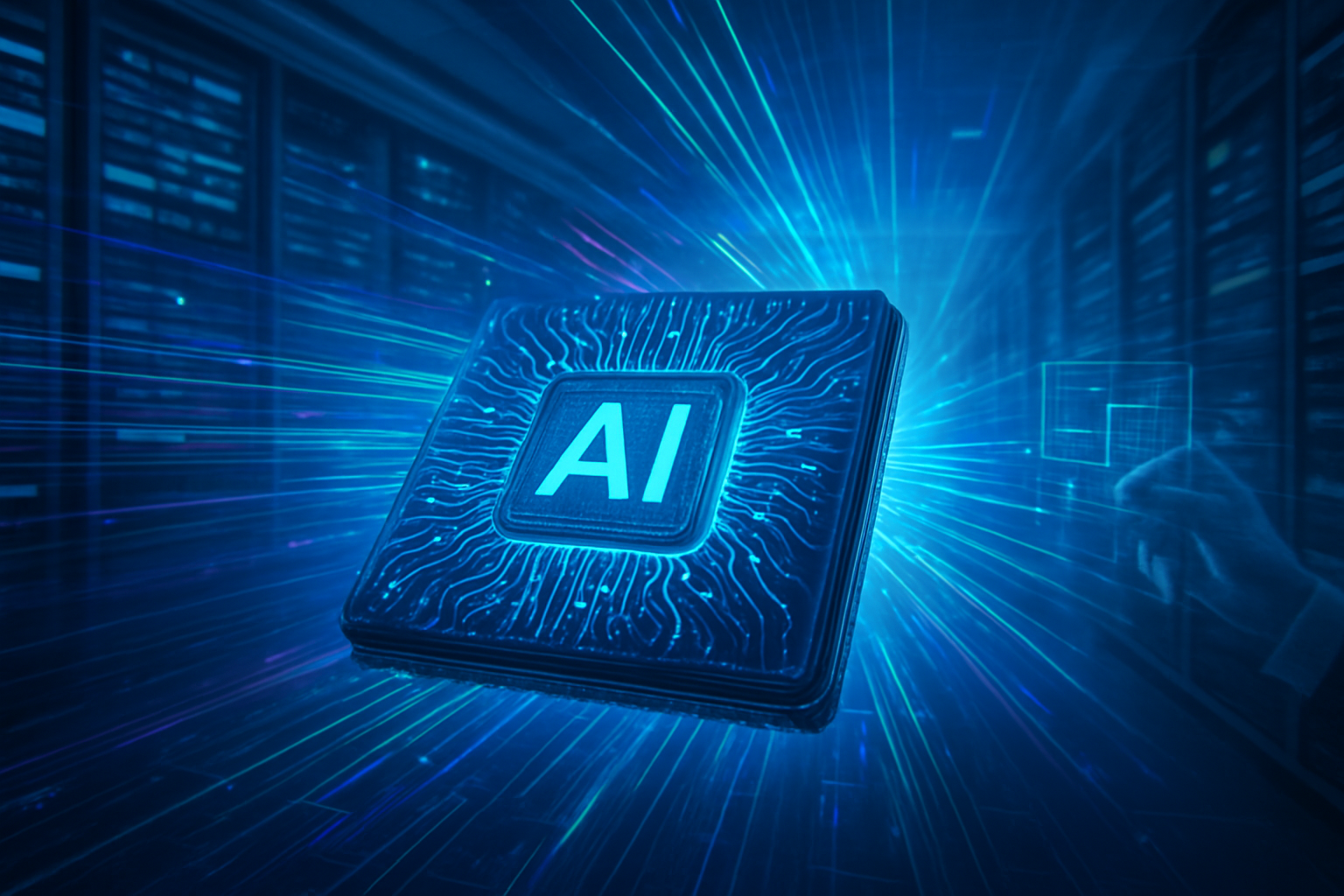In a landmark collaboration poised to redefine the power backbone of artificial intelligence, Navitas Semiconductor (NASDAQ: NVTS) is strategically integrating its cutting-edge gallium nitride (GaN) and silicon carbide (SiC) power technologies into NVIDIA's (NASDAQ: NVDA) visionary 800-volt (VDC) AI factory ecosystem. This pivotal alliance is not merely an incremental upgrade but a fundamental architectural shift, directly addressing the escalating power demands of AI and promising unprecedented gains in energy efficiency, performance, and scalability for data centers worldwide. By supplying the high-power, high-efficiency chips essential for fueling the next generation of AI supercomputing platforms, including NVIDIA's upcoming Rubin Ultra GPUs and Kyber rack-scale systems, Navitas is set to unlock the full potential of AI.
As AI models grow exponentially in complexity and computational intensity, traditional 54-volt power distribution systems in data centers are proving increasingly insufficient for the multi-megawatt rack densities required by cutting-edge AI factories. Navitas's wide-bandgap semiconductors are purpose-built to navigate these extreme power challenges. This integration facilitates direct power conversion from the utility grid to 800 VDC within data centers, eliminating multiple lossy conversion stages and delivering up to a 5% improvement in overall power efficiency for NVIDIA's infrastructure. This translates into substantial energy savings, reduced operational costs, and a significantly smaller carbon footprint, while simultaneously unlocking the higher power density and superior thermal management crucial for maximizing the performance of power-hungry AI processors that now demand 1,000 watts or more per chip.
The Technical Core: Powering the AI Future with GaN and SiC
Navitas Semiconductor's strategic integration into NVIDIA's 800-volt AI factory ecosystem is rooted in a profound technical transformation of power delivery. The collaboration centers on enabling NVIDIA's advanced 800-volt High-Voltage Direct Current (HVDC) architecture, a significant departure from the conventional 54V in-rack power distribution. This shift is critical for future AI systems like NVIDIA's Rubin Ultra and Kyber rack-scale platforms, which demand unprecedented levels of power and efficiency.
Navitas's contribution is built upon its expertise in wide-bandgap semiconductors, specifically its GaNFast™ (gallium nitride) and GeneSiC™ (silicon carbide) power semiconductor technologies. These materials inherently offer superior switching speeds, lower resistance, and higher thermal conductivity compared to traditional silicon, making them ideal for the extreme power requirements of modern AI. The company is developing a comprehensive portfolio of GaN and SiC devices tailored for the entire power delivery chain within the 800VDC architecture, from the utility grid down to the GPU.
Key technical offerings include 100V GaN FETs optimized for the lower-voltage DC-DC stages on GPU power boards. These devices feature advanced dual-sided cooled packages, enabling ultra-high power density and superior thermal management—critical for next-generation AI compute platforms. These 100V GaN FETs are manufactured using a 200mm GaN-on-Si process through a strategic partnership with Power Chip, ensuring scalable, high-volume production. Additionally, Navitas's 650V GaN portfolio includes new high-power GaN FETs and advanced GaNSafe™ power ICs, which integrate control, drive, sensing, and built-in protection features to enhance robustness and reliability for demanding AI infrastructure. The company also provides high-voltage SiC devices, ranging from 650V to 6,500V, designed for various stages of the data center power chain, as well as grid infrastructure and energy storage applications.
This 800VDC approach fundamentally improves energy efficiency by enabling direct conversion from 13.8 kVAC utility power to 800 VDC within the data center, eliminating multiple traditional AC/DC and DC/DC conversion stages that introduce significant power losses. NVIDIA anticipates up to a 5% improvement in overall power efficiency by adopting this 800V HVDC architecture. Navitas's solutions contribute to this by achieving Power Factor Correction (PFC) peak efficiencies of up to 99.3% and reducing power losses by 30% compared to existing silicon-based solutions. Initial reactions from the AI research community and industry experts have been overwhelmingly positive, recognizing this as a crucial step in overcoming the power delivery bottlenecks that have begun to limit AI scaling. The ability to support AI processors demanding over 1,000W each, while reducing copper usage by an estimated 45% and lowering cooling expenses, marks a significant departure from previous power architectures.
Competitive Implications and Market Dynamics
Navitas Semiconductor's integration into NVIDIA's 800-volt AI factory ecosystem carries profound competitive implications, poised to reshape market dynamics for AI companies, tech giants, and startups alike. NVIDIA, as a dominant force in AI hardware, stands to significantly benefit from this development. The enhanced energy efficiency and power density enabled by Navitas's GaN and SiC technologies will allow NVIDIA to push the boundaries of its GPU performance even further, accommodating the insatiable power demands of future AI accelerators like the Rubin Ultra. This strengthens NVIDIA's market leadership by offering a more sustainable, cost-effective, and higher-performing platform for AI development and deployment.
Other major AI labs and tech companies heavily invested in large-scale AI infrastructure, such as Alphabet (NASDAQ: GOOGL), Meta Platforms (NASDAQ: META), Amazon (NASDAQ: AMZN), and Microsoft (NASDAQ: MSFT), which operate massive data centers, will also benefit indirectly. As NVIDIA's platforms become more efficient and scalable, these companies can deploy more powerful AI models with reduced operational expenditures related to energy consumption and cooling. This development could potentially disrupt existing products or services that rely on less efficient power delivery systems, accelerating the transition to wide-bandgap semiconductor solutions across the data center industry.
For Navitas Semiconductor, this partnership represents a significant strategic advantage and market positioning. By becoming a core enabler for NVIDIA's next-generation AI factories, Navitas solidifies its position as a critical supplier in the burgeoning high-power AI chip market. This moves Navitas beyond its traditional mobile and consumer electronics segments into the high-growth, high-margin data center and enterprise AI space. The validation from a tech giant like NVIDIA provides Navitas with immense credibility and a competitive edge over other power semiconductor manufacturers still heavily reliant on older silicon technologies.
Furthermore, this collaboration could catalyze a broader industry shift, prompting other AI hardware developers and data center operators to explore similar 800-volt architectures and wide-bandgap power solutions. This could create new market opportunities for Navitas and other companies specializing in GaN and SiC, while potentially challenging traditional power component suppliers to innovate rapidly or risk losing market share. Startups in the AI space that require access to cutting-edge, efficient compute infrastructure will find NVIDIA's enhanced offerings more attractive, potentially fostering innovation by lowering the total cost of ownership for powerful AI training and inference.
Broader Significance in the AI Landscape
Navitas's integration into NVIDIA's 800-volt AI factory ecosystem represents more than just a technical upgrade; it's a critical inflection point in the broader AI landscape, addressing one of the most pressing challenges facing the industry: sustainable power. As AI models like large language models and advanced generative AI continue to scale in complexity and parameter count, their energy footprint has become a significant concern. This development fits perfectly into the overarching trend of "green AI" and the drive towards more energy-efficient computing, recognizing that the future of AI growth is inextricably linked to its power consumption.
The impacts of this shift are multi-faceted. Environmentally, the projected 5% improvement in power efficiency for NVIDIA's infrastructure, coupled with reduced copper usage and cooling demands, translates into substantial reductions in carbon emissions and resource consumption. Economically, lower operational costs for data centers will enable greater investment in AI research and deployment, potentially democratizing access to high-performance computing by making it more affordable. Societally, a more energy-efficient AI infrastructure can help mitigate concerns about the environmental impact of AI, fostering greater public acceptance and support for its continued development.
Potential concerns, however, include the initial investment required for data centers to transition to the new 800-volt architecture, as well as the need for skilled professionals to manage and maintain these advanced power systems. Supply chain robustness for GaN and SiC components will also be crucial as demand escalates. Nevertheless, these challenges are largely outweighed by the benefits. This milestone can be compared to previous AI breakthroughs that addressed fundamental bottlenecks, such as the development of specialized AI accelerators (like GPUs themselves) or the advent of efficient deep learning frameworks. Just as these innovations unlocked new levels of computational capability, Navitas's power solutions are now addressing the energy bottleneck, enabling the next wave of AI scaling.
This initiative underscores a growing awareness across the tech industry that hardware innovation must keep pace with algorithmic advancements. Without efficient power delivery, even the most powerful AI chips would be constrained. The move to 800VDC and wide-bandgap semiconductors signals a maturation of the AI industry, where foundational infrastructure is now receiving as much strategic attention as the AI models themselves. It sets a new standard for power efficiency in AI computing, influencing future data center designs and energy policies globally.
Future Developments and Expert Predictions
The strategic integration of Navitas Semiconductor into NVIDIA's 800-volt AI factory ecosystem heralds a new era for AI infrastructure, with significant near-term and long-term developments on the horizon. In the near term, we can expect to see the rapid deployment of NVIDIA's next-generation AI platforms, such as the Rubin Ultra GPUs and Kyber rack-scale systems, leveraging these advanced power technologies. This will likely lead to a noticeable increase in the energy efficiency benchmarks for AI data centers, setting new industry standards. We will also see Navitas continue to expand its portfolio of GaN and SiC devices, specifically tailored for high-power AI applications, with a focus on higher voltage ratings, increased power density, and enhanced integration features.
Long-term developments will likely involve a broader adoption of 800-volt (or even higher) HVDC architectures across the entire data center industry, extending beyond just AI factories to general-purpose computing. This paradigm shift will drive innovation in related fields, such as advanced cooling solutions and energy storage systems, to complement the ultra-efficient power delivery. Potential applications and use cases on the horizon include the development of "lights-out" data centers with minimal human intervention, powered by highly resilient and efficient GaN/SiC-based systems. We could also see the technology extend to edge AI deployments, where compact, high-efficiency power solutions are crucial for deploying powerful AI inference capabilities in constrained environments.
However, several challenges need to be addressed. The standardization of 800-volt infrastructure across different vendors will be critical to ensure interoperability and ease of adoption. The supply chain for wide-bandgap materials, while growing, will need to scale significantly to meet the anticipated demand from a rapidly expanding AI industry. Furthermore, the industry will need to invest in training the workforce to design, install, and maintain these advanced power systems.
Experts predict that this collaboration is just the beginning of a larger trend towards specialized power electronics for AI. They foresee a future where power delivery is as optimized and customized for specific AI workloads as the processors themselves. "This move by NVIDIA and Navitas is a clear signal that power efficiency is no longer a secondary consideration but a primary design constraint for next-generation AI," says Dr. Anya Sharma, a leading analyst in AI infrastructure. "We will see other chip manufacturers and data center operators follow suit, leading to a complete overhaul of how we power our digital future." The expectation is that this will not only make AI more sustainable but also enable even more powerful and complex AI models that are currently constrained by power limitations.
Comprehensive Wrap-up: A New Era for AI Power
Navitas Semiconductor's strategic integration into NVIDIA's 800-volt AI factory ecosystem marks a monumental step in the evolution of artificial intelligence infrastructure. The key takeaway is clear: power efficiency and density are now paramount to unlocking the next generation of AI performance. By leveraging Navitas's advanced GaN and SiC technologies, NVIDIA's future AI platforms will benefit from significantly improved energy efficiency, reduced operational costs, and enhanced scalability, directly addressing the burgeoning power demands of increasingly complex AI models.
This development's significance in AI history cannot be overstated. It represents a proactive and innovative solution to a critical bottleneck that threatened to impede AI's rapid progress. Much like the advent of GPUs revolutionized parallel processing for AI, this power architecture revolutionizes how that processing is efficiently fueled. It underscores a fundamental shift in industry focus, where the foundational infrastructure supporting AI is receiving as much attention and innovation as the algorithms and models themselves.
Looking ahead, the long-term impact will be a more sustainable, powerful, and economically viable AI landscape. Data centers will become greener, capable of handling multi-megawatt rack densities with unprecedented efficiency. This will, in turn, accelerate the development and deployment of more sophisticated AI applications across various sectors, from scientific research to autonomous systems.
In the coming weeks and months, the industry will be closely watching for several key indicators. We should anticipate further announcements from NVIDIA regarding the specific performance and efficiency gains achieved with the Rubin Ultra and Kyber systems. We will also monitor Navitas's product roadmap for new GaN and SiC solutions tailored for high-power AI, as well as any similar strategic partnerships that may emerge from other major tech companies. The success of this 800-volt architecture will undoubtedly set a precedent for future data center designs, making it a critical development to track in the ongoing story of AI innovation.
This content is intended for informational purposes only and represents analysis of current AI developments.
TokenRing AI delivers enterprise-grade solutions for multi-agent AI workflow orchestration, AI-powered development tools, and seamless remote collaboration platforms.
For more information, visit https://www.tokenring.ai/.
